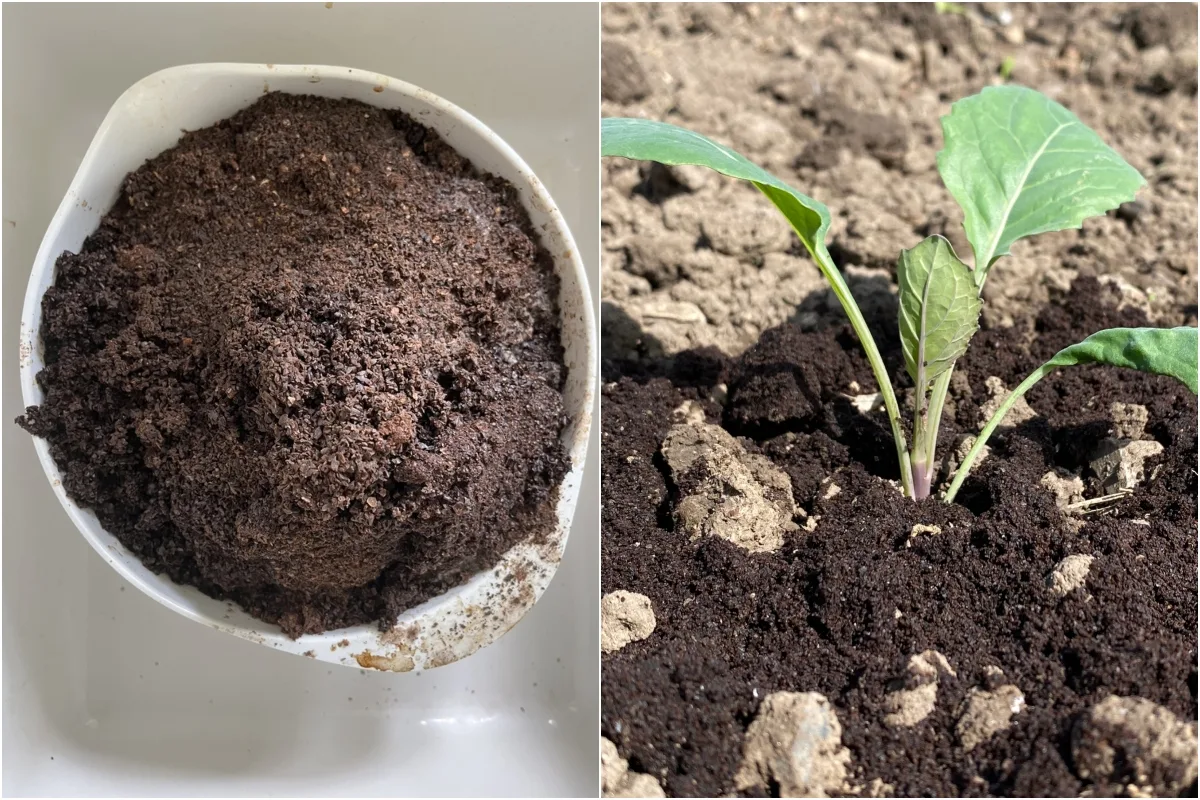
If you’re having your morning cup of joe and decide to do a quick internet search for “using coffee grounds in the garden,” you’ll be met with a deluge of articles all telling you to save those spent beans!
We’re advised to use them all over the garden. Use them to help you grow buckets of blueberries and bright blue azaleas. Save your cabbages; coffee grounds ward off slugs! Put coffee grounds in your compost! Grow HUGE plants with coffee grounds! Use coffee grounds as a cheap, natural mulch!
Whatever you’re gardening issue is, it seems that coffee can fix it.
Let’s be honest. As a coffee lover, you don’t have to convince me of its magical properties to bring me back to the world of the living.
But are coffee grounds really that great for your garden?
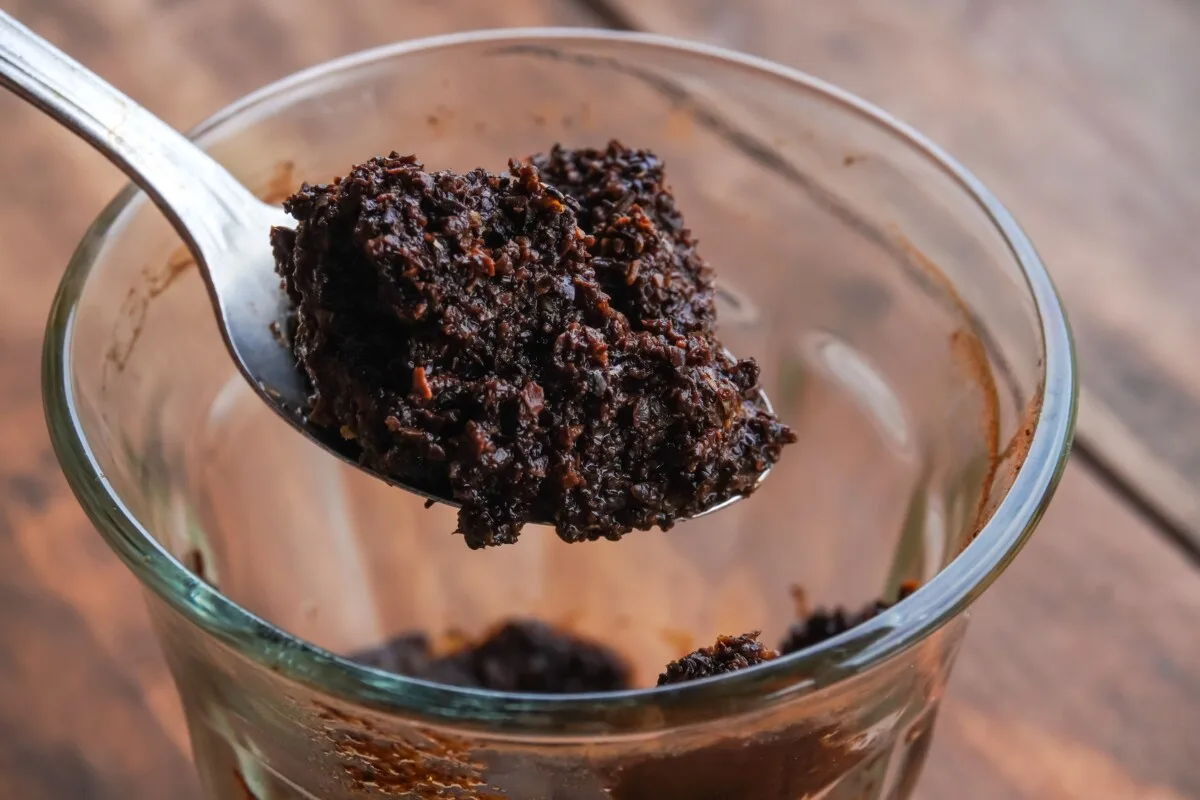
Once you get a few pages deep into Google’s list of articles, some conflicting information begins to surface. Coffee grounds are too acidic. Over here, another article says coffee grounds aren’t acidic at all. Coffee is great for your compost pile. No, wait, coffee is terrible for your compost!
Because I love you, Rural Sprout readers, I decided to jump down the rabbit hole and get to the bottom of this. (Who am I kidding? We all know I love reading scientific papers on plants because I’m a giant plant nerd.) I spent hours sleuthing on the internet to cut through the myth and bring you the facts.
Make yourself a cup of coffee and get comfortable, I’m going to give you the low down on coffee grounds in your garden. Do you take cream or sugar?
Can coffee grounds acidify your soil?
By far, the most common advice for using spent coffee grounds in the garden is to use them to acidify the soil.
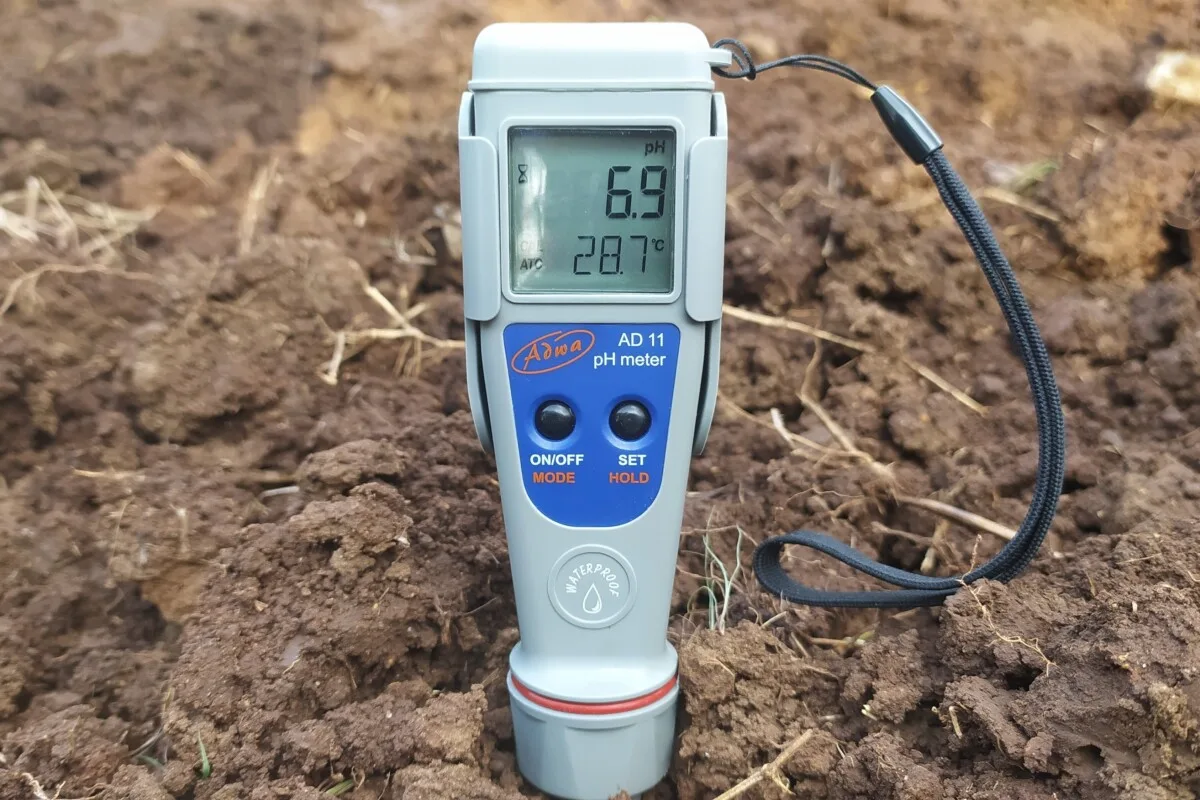
It makes sense. We coffee drinkers know very well that coffee is acidic. There are even quite a few low-acid coffee blends on the market these days, for when that acid takes its toll on your tummy.
The question is, how acidic are coffee grounds after you’ve made your coffee?
Turns out, not very acidic at all.
The good folks at the Oregon State University Extension tell us that the acid in coffee beans is water-soluble. So, in the end, it’s your cup of coffee, not your used grounds, that end up being acidic. Keeping in mind that a pH of 7 is neutral, used coffee grounds come in with a pH of 6.5 to 6.8. That’s pretty basic. (Heh, pH humor.)
Sorry guys, it looks like this common practice is pure myth, spent coffee grounds are practically pH neutral.
I wouldn’t suggest putting unused coffee grounds on plants to acidify your soil, either. (Yes, that’s a bit of foreshadowing, keep reading.)
As we’ve already learned, the acid is water-soluble and will wash out of your soil pretty quickly, leaving you to apply more and more coffee grounds. If you need to acidify your soil to achieve the perfect blue hydrangeas or encourage blueberry bushes to produce bucketfuls of berries, then you’re better off using a soil amendment specific to that purpose. (I personally use Espoma’s Soil Acidifier for my blueberry bushes.)
But wait…
Aren’t coffee grounds supposed to make good mulch?
Nope, this perennial garden advice is busted as well.
A good mulch allows both water and air to reach the soil and doesn’t compact easily.
Essentially, it needs to let the soil it’s protecting breathe.
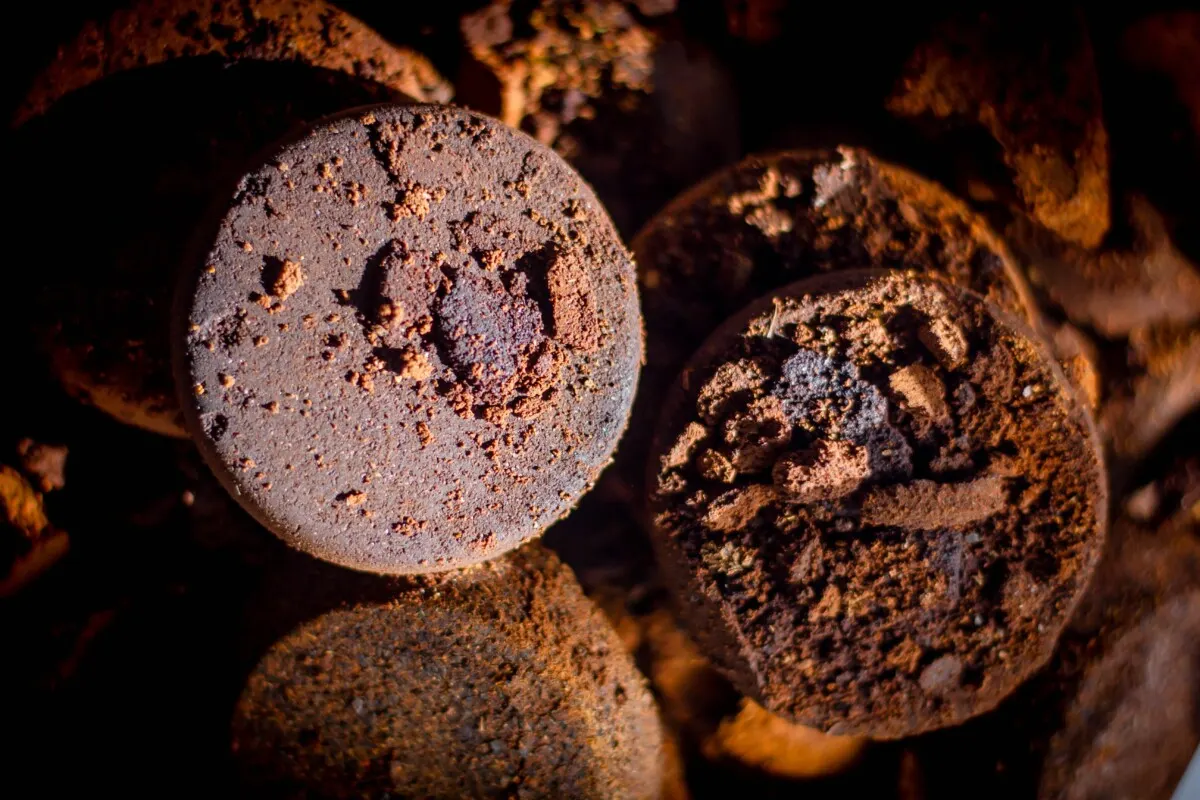
Remember all those espresso pucks of spent grounds you see at your local coffee shop after they’ve pulled your shot? Yeah, you don’t want that in your garden. Coffee grounds compact too quickly which can lead to too much moisture in your soil and fungal and bacterial soilborne diseases, including root rot.
Quite a few scientists are interested in the coffee question too, as I found several studies concerning the use of coffee grounds in the garden.
So, are coffee grounds useful for making great compost?
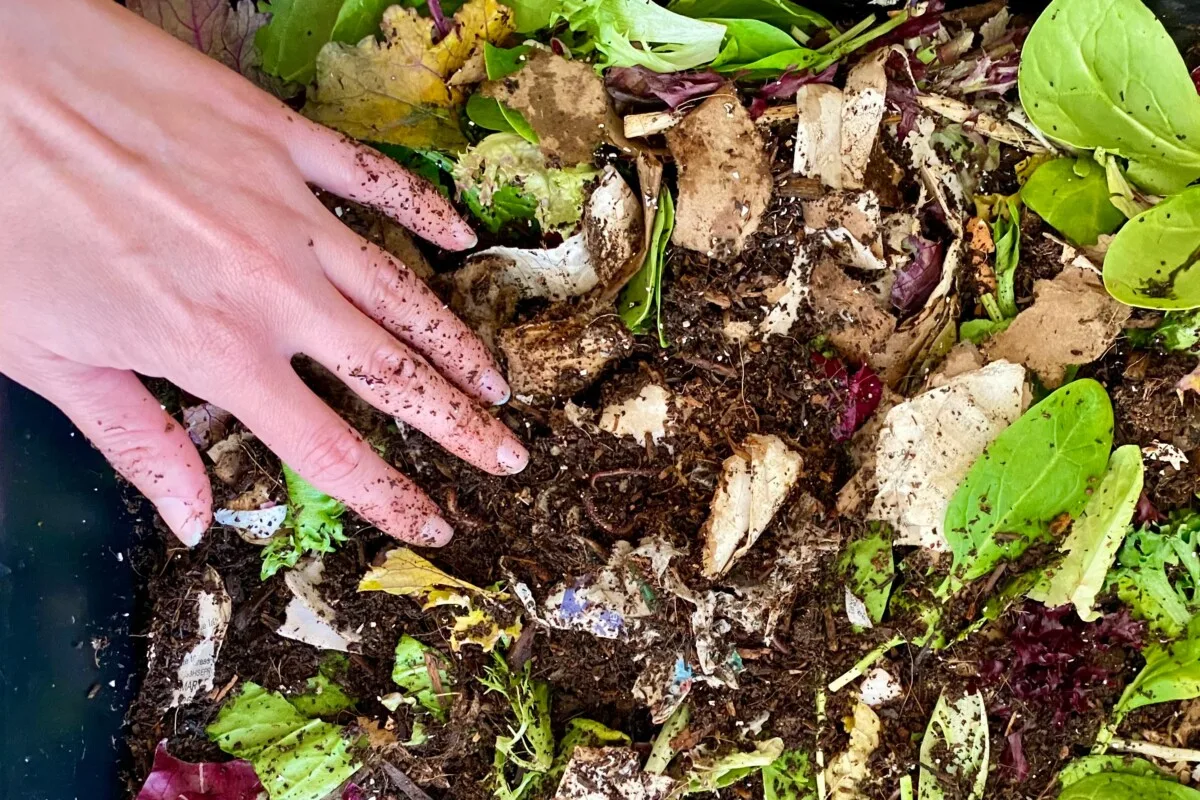
Nearly as popular as using coffee to acidify your soil, is the use of coffee grounds in your compost. It makes sense, right? They’re natural, and we want to compost them rather than adding more waste that needs to be processed.
Considering how much coffee we consume, it makes sense to want to find a responsible way of disposing of the coffee grounds. This is especially important in the coffee-service industry. As such, one study looked at three different composting methods in an effort to help the coffee-service industry manage its spent coffee ground waste problem.
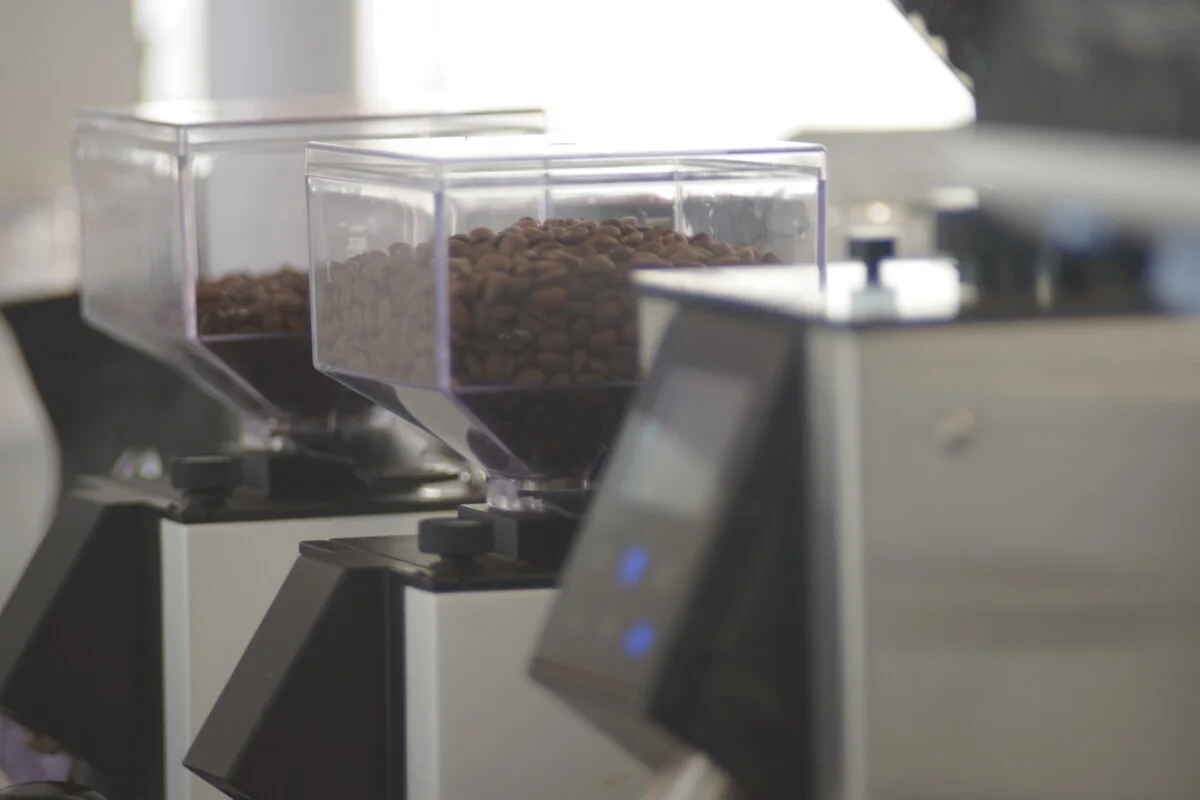
Unfortunately, the results were problematic.
When using coffee in a traditional composting barrel setup, lots of extra brown material had to be added, and there was a large loss of nitrogen, an important nutrient for plant growth. But in vermicomposting and a static compost pile, the addition of coffee ended up killing off the worm population.
Eeesh, poor little guys!
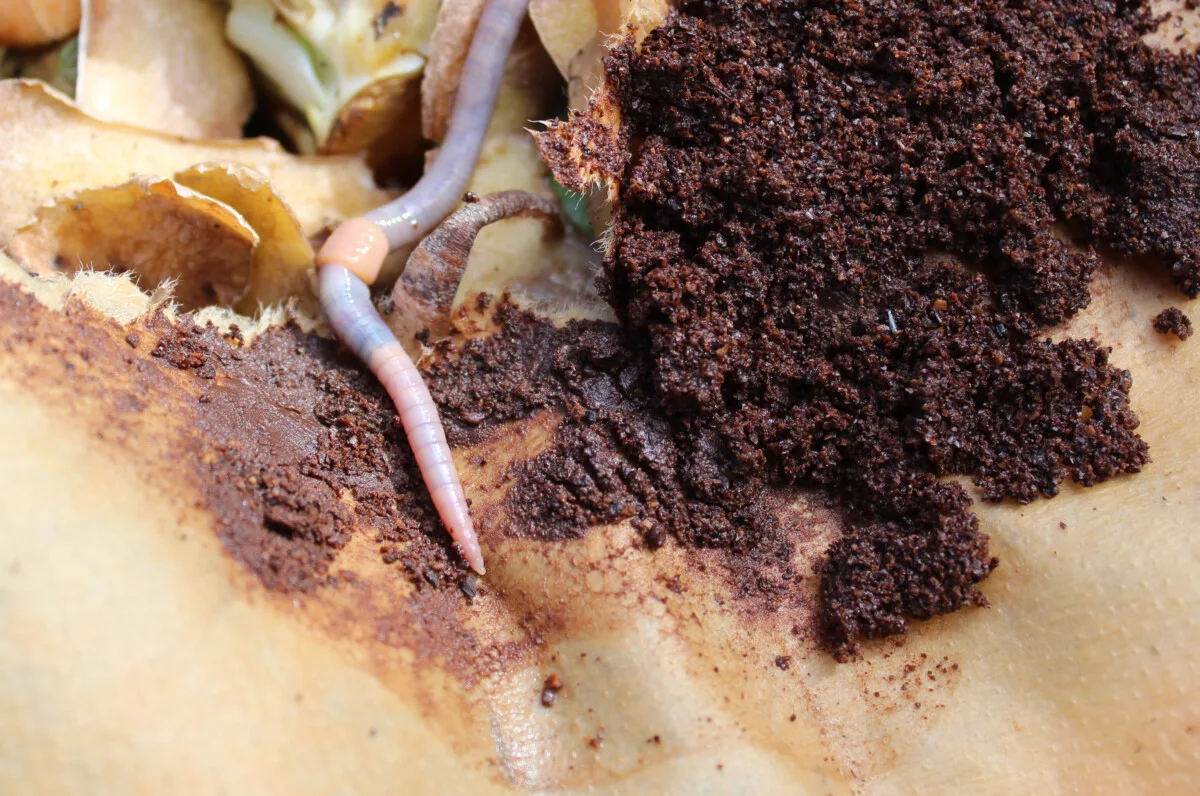
And as if murdering earthworms wasn’t bad enough, it appears that coffee has antibacterial properties, which can negatively affect the good bacteria and other microbes you’re trying to cultivate in your compost.
In the end, if you do decide to add coffee to your compost, you need to add it sparingly. Despite its color, coffee is considered to be a ‘green’ addition, so it needs to be mixed in with plenty of ‘brown,’ like dried leaves or shredded cardboard.
What about using coffee grounds to kill slugs?
Well, if coffee is good at killing things, then surely the advice to use coffee grounds to kill slugs or repel them is accurate, right?
This one is a big fat maybe.
Robert Pavlis of Garden Myths, set up his own experiment with slugs and coffee grounds, and he says the coffee grounds don’t even slow them down!
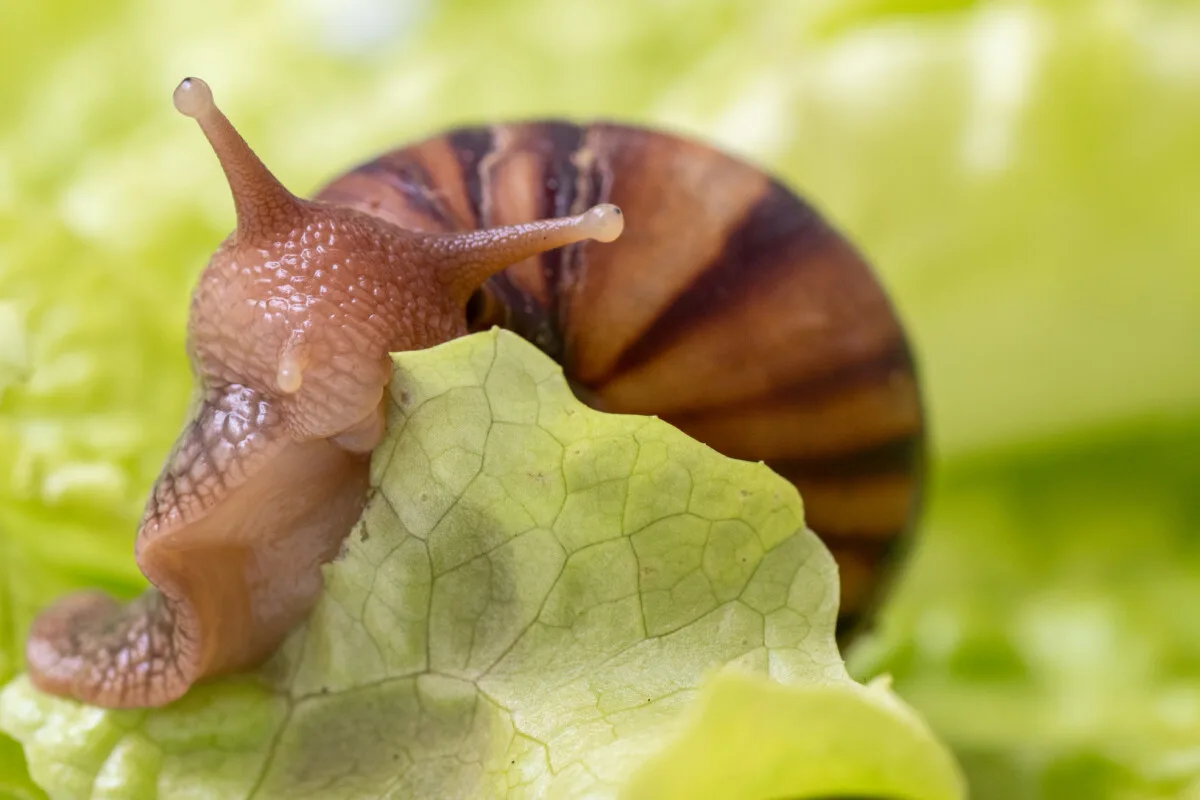
I read other anecdotal advice saying that slugs won’t even go near coffee grounds. While I can’t say with certainty that coffee grounds will repel slugs, in this case, it can’t hurt to try. But if you really want to get rid of the slimy buggers, Lindsay has you covered.
I’ve heard that brewed coffee is better at trapping slugs, however you want to put it in a shallow can, like a clean tuna can, rather than pouring it on the soil.
The #1 reason why you shouldn’t put coffee grounds on your plants
Why do I keep warning you not to put coffee grounds on your plants?
Because as we all know, coffee is caffeinated.
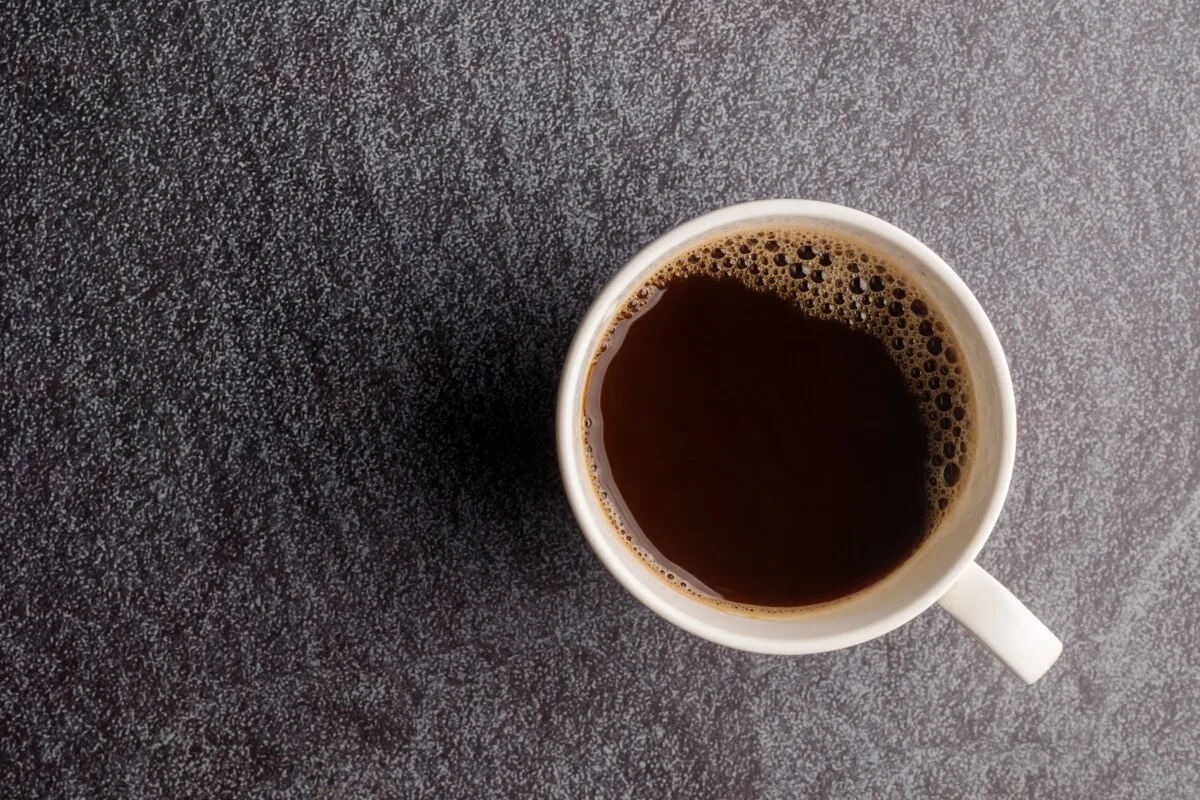
As much as we like to think caffeine was created for humans, evolution had other ideas.
Science tells us caffeine was first a mutation in plants which was accidentally copied and passed on. Caffeine gave plants (think tea plants, cocoa and coffee trees) an edge over competing plants growing nearby.
How? Its biological purpose is to strengthen the plant’s defenses and weaken non-caffeine producing plants nearby. Caffeine is an allelopathic defense, that weakens and prevents other plants from growing.
Still want to put those coffee grounds on your prize tomatoes?
It’s been demonstrated in a number of studies, that caffeine suppresses plant growth. Caffeine reduces germination rates in many plants by tying up the nitrogen in the soil.
This study, in particular, cracks me up. The title of the paper should come with a spoiler alert, “Applying spent coffee grounds directly to urban agriculture soils greatly reduces plant growth.”
Okay, I’m sure you’re thinking, but I already brewed my coffee, there can’t be that much caffeine left in the spent grounds, right?
Unfortunately, depending on the brewing method, yes, there can be!
Caffeine Informer sites a 2012 study conducted by The Department of Nutrition, Food Science and Physiology, School of Pharmacy, University of Navarra showing spent coffee grounds can contain up to 8.09 mg of caffeine per gram of grounds.
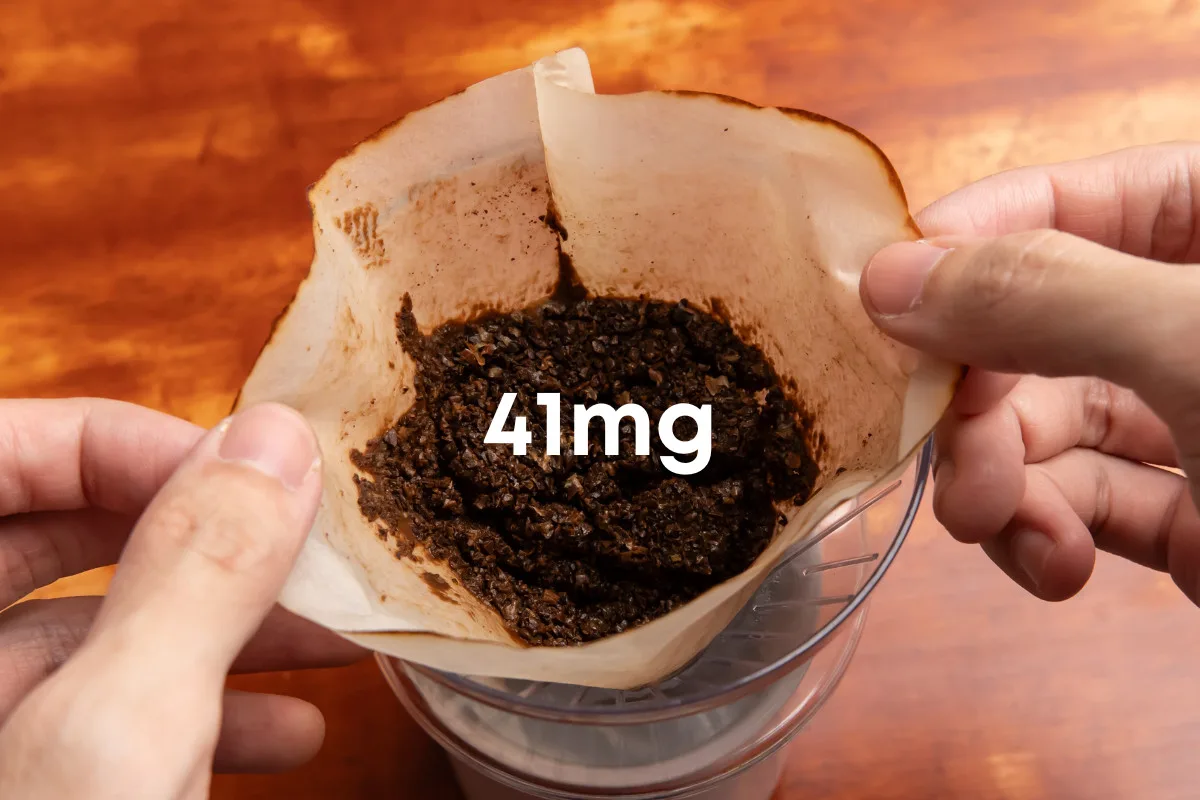
With these numbers in hand, Caffeine Informer states that the average amount of coffee grounds used to brew a shot of espresso can still have up to 41 mg of caffeine. That’s nearly the same amount of caffeine that’s in a cup of black tea!
Aha!
It appears we may have finally stumbled across the best use for coffee grounds in the garden – weed killer!
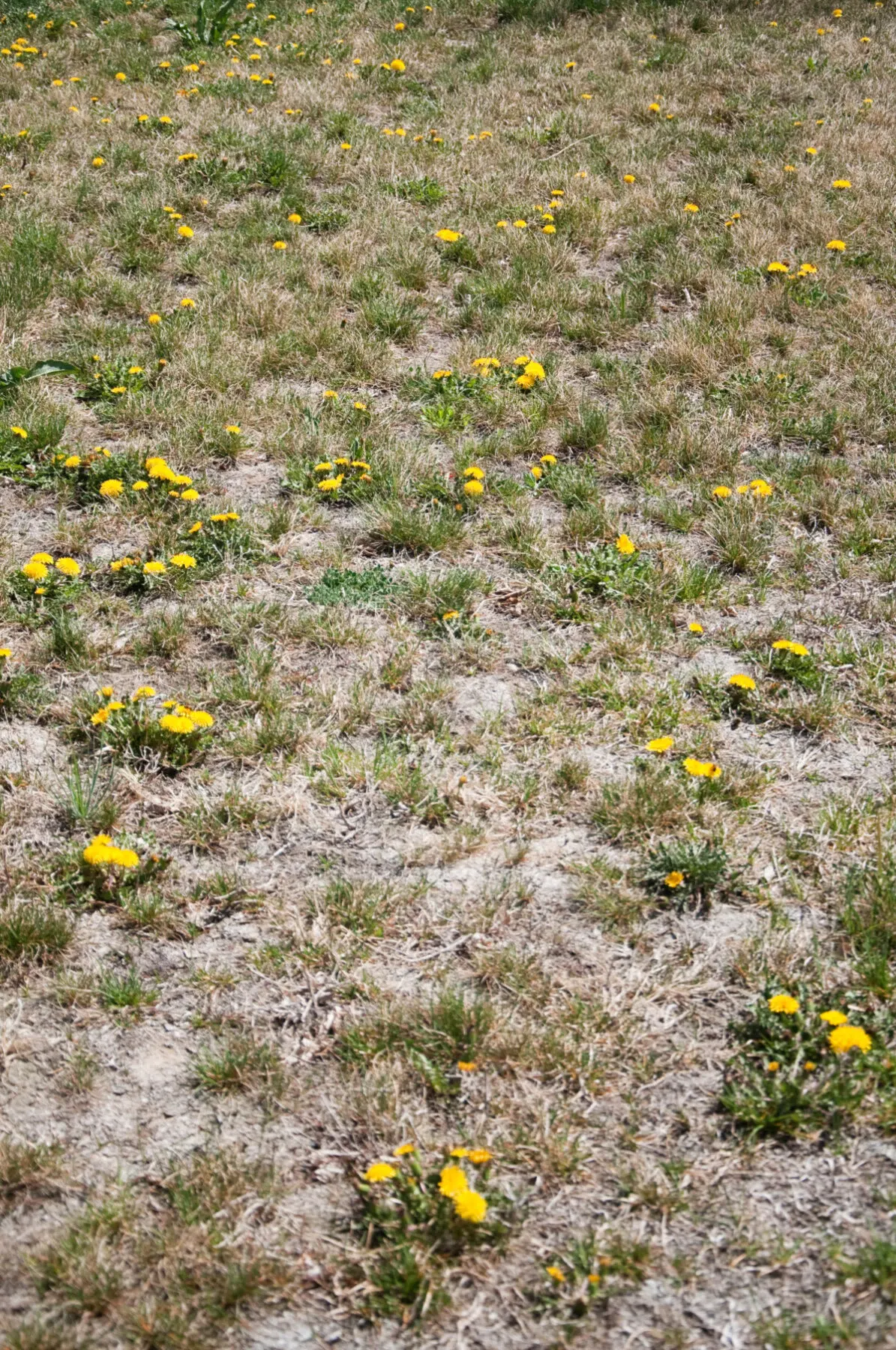
Remember, caffeine inhibits plant growth. This study conducted by the International Plant Propagator’s Society noted that using coffee grounds did result in lower germination rates. White clover, Palmer amaranth, and perennial rye were the three plants used in their study.
Perhaps a liberal sprinkling of coffee grounds on pesky weeds is just what you need to give them the boot. Or try boiling them to make a concentrated weed-killing spray.
I’m sure by now you are a little disheartened by the news that coffee isn’t the best thing to give you a pest-free garden with a bigger yield. Maybe you are even nervously eyeing that pile of coffee grounds you dumped in the compost bin.
You’re probably thinking, “What the heck am I going to do with all of those spent coffee grounds now?”
Well, my friend, I’ve got good news, you can use them around the house. I’ve already got 28 great ideas for you to try.

Get the famous Rural Sprout newsletter delivered to your inbox.
Including Sunday musings from our editor, Tracey, as well as “What’s Up Wednesday” our roundup of what’s in season and new article updates and alerts.

